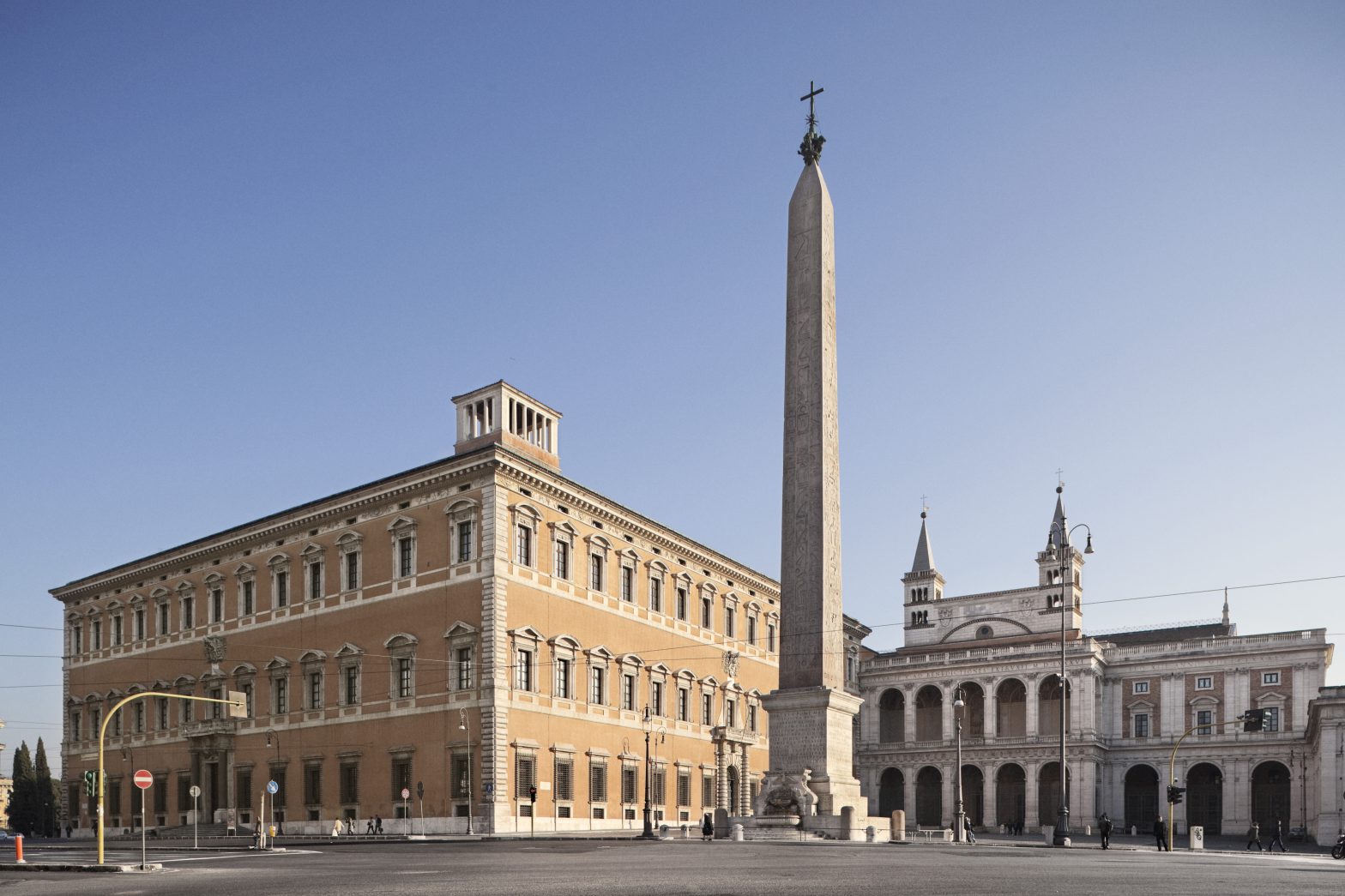“The Governments of the States Parties to this Constitution on behalf of their peoples declare: that since wars begin in the minds of men, it is in the minds of men that the defences of peace must be constructed”.
UNESCO – United Nations Educational, Scientific and Cultural Organization – seeks to build peace through international cooperation in Education the Sciences and Culture. The Constitution of UNESCO, signed on 16 November 1945, came into force on 4 November 1946.
UNESCO promotes access to quality education.
It builds intercultural understanding through the protection and safeguarding of World Heritage Sites.
It promotes scientific cooperation and protects freedom of expression and the protection of human dignity.
UNESCO’s programmes contribute to the achievement of the Sustainable Development Goals defined in Agenda 2030.
The World Heritage List
The Convention concerning the Protection of World Cultural and Natural Heritage was adopted by the General Conference of UNESCO on 16 November 1972.
The identification, protection, conservation, presentation and transmission to future generations are among the main mission of UNESCO.
Registration on the World Heritage List includes monuments, agglomerations or entire sites (works of man and nature) characterized by the Outstanding Universal Value.
The General Conference of UNESCO adopted in 2003, at its 32nd session, the Convention for the Safeguarding of the Intangible Cultural Heritage. The Convention seek to document, promote, protect and enhance the intangible cultural heritage and is is one of the major instruments for developing activities for the promotion of cultural diversity.
The Convention intended to extend protection to all those practices, representations, expressions, knowledge and skills, as well as tools, artifacts, objects, and cultural spaces associated, that communities, groups and, in some cases even individuals, recognize as an integral part of their assets.
List of Intangible Cultural heritage
World Heritage Properties in Lazio Region:
- Centro Storico di Roma, le proprietà extraterritoriali della Santa Sede nella Città e San Paolo fuori le Mura
- Villa Adriana (Tivoli)
- Necropoli Etrusche di Cerveteri e Tarquinia
- Villa d’Este, Tivoli
- Faggeta di Monte Raschio di Oriolo Romano (Sito transfrontaliero: Antiche faggete primordiali dei Carpazi e di altre regioni d’Europa (bene transnazionale, per l’Italia Parco Nazionale Lazio, Abruzzo e Molise, Sasso Fratino, Monte Raschio, Foresta Umbra, Cozzo Ferriero, Monte Cimino)
- Faggeta del Monte Cimino a Soriano nel Cimino (Sito transfrontaliero: Antiche faggete primordiali dei Carpazi e di altre regioni d’Europa (bene transnazionale, per l’Italia Parco Nazionale Lazio, Abruzzo e Molise, Sasso Fratino, Monte Raschio, Foresta Umbra, Cozzo Ferriero, Monte Cimino)
Intangible Cultural Heritage in Lazio Region:
- Macchina di S. Rosa a Viterbo (Feste delle Grandi Macchine a Spalla (La Festa dei Gigli di Nola, la Varia di Palmi, la Faradda dei Candelieri di Sassari, il trasporto della Macchina di Santa Rosa a Viterbo)
Tentative list:
- La Valle dell’Aniene e la Villa Gregoriana in Tivoli (01/06/2006)
- Il Paesaggio culturale di Civita di Bagnoregio (31/01/2017)
- Il Paesaggio culturale degli insediamenti Benedettini nell’Italia medievale (18/03/2016)
- La Via Appia “Regina Viarum” (01/06/2006) (link: Via Appia “Regina Viarum” (01/06/2006)
- La Via Francigena in Italia (31/01/2019)
- Le Ville della Nobiltà Papale (01/06/2006)
In the Operational Guidelines for the implementation of the Convention are reported the procedures for registration to the list.

